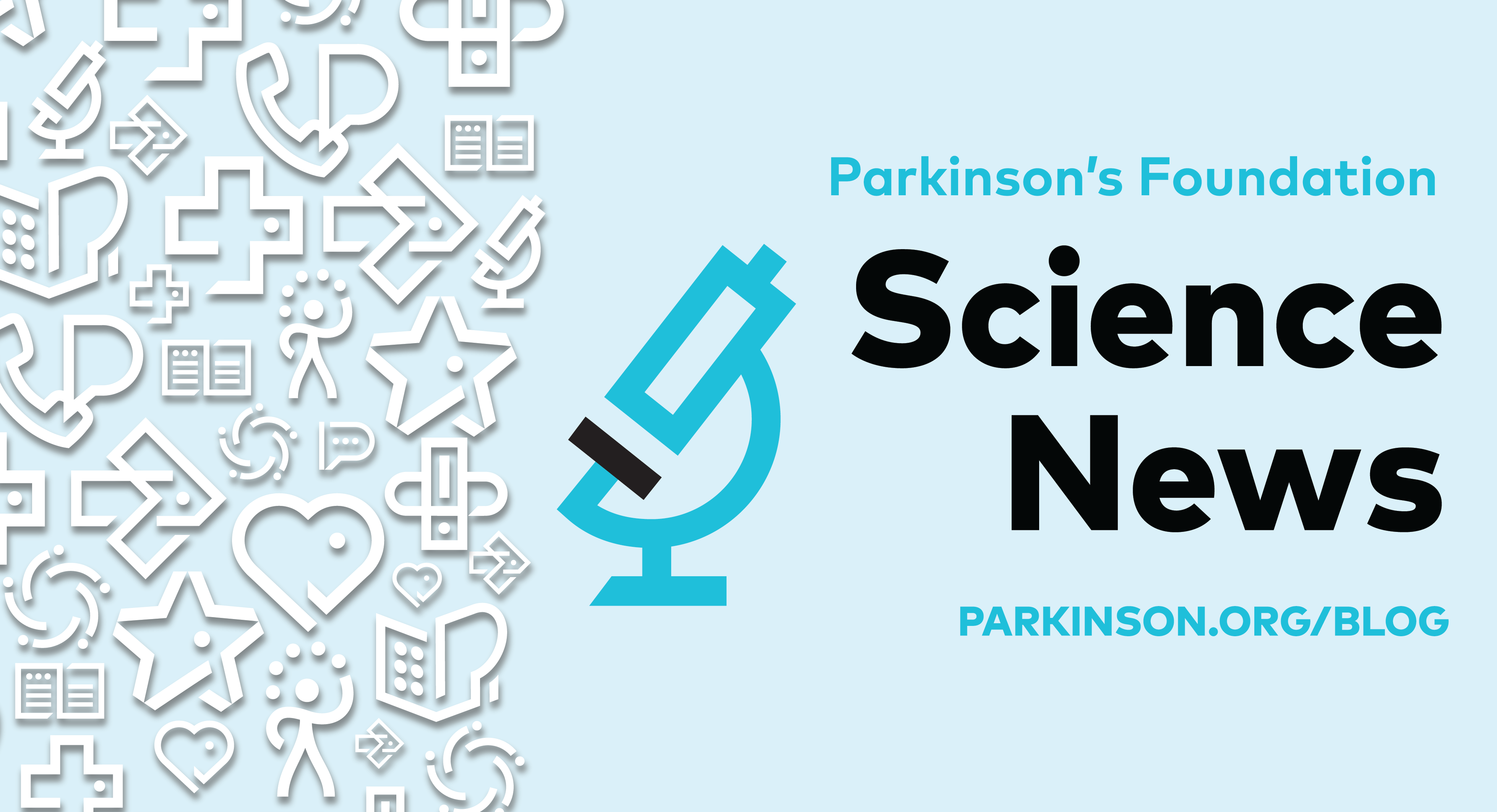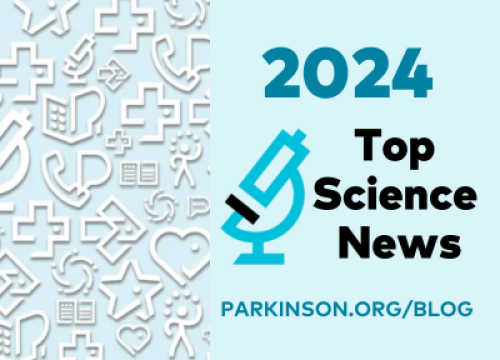Most Popular Science News Articles of 2022

Research brings hope to those living with Parkinson’s disease (PD) and their families. Knowing about the current Parkinson’s research studies can be empowering. Our Science News blog series focuses on the latest Parkinson’s studies and what they can mean for you or your loved one living with this disease.
The Parkinson’s research realm is vast. A breakthrough in treatment can stem from any lab or researcher, which is why we fund numerous research grants every year. Ready to participate in Parkinson’s research? Visit our Join A Study page to learn more.
Catch up on our top 5 Science News articles of 2022:
1. Aerobic Exercise Positively Alters Parkinson’s Brain
Multiple clinical trials have shown that aerobic exercise can enhance cognitive functioning, such as learning, thinking, remembering and problem solving. We know brain heath and cardiovascular fitness are connected. What we don’t know is how and where in the brain aerobic exercise is enhancing cognitive functions and reducing movement symptoms for people with PD.
This study sought to investigate how aerobic exercise may influence PD-related changes in the brain. Researchers also explored the effects of aerobic exercise on the substantia nigra, the area in the brain that plays a key role in dopamine production.
2. Freezing of Gait: Comparing Treatments Options

The sudden feeling that your feet are glued to the floor when trying to take a step is called freezing of gait — or more commonly, “freezing.” Unfortunately, freezing can happen often for people with Parkinson’s.
A new analysis compared the 11 most common techniques used to help a person with PD recover from a freezing episode. Some of these techniques include general exercise, verbal cues (like counting or clapping) and gait training. Find out the top three techniques that help with freezing.
3. The Unmet Needs of Women with Parkinson’s

When it comes to PD research, women are woefully underrepresented. Compared to men living with Parkinson’s, women with PD experience different symptoms, risk factors, side effects to treatments and have more difficulty getting a diagnosis and, later on, care.
We know these health inequalities exist, so how is research addressing them? A study authored by women sought to rigorously document the current knowledge, gaps and possible ways to address the unmet needs of women living with PD.
4. Dopamine Medication May Help with Sleep, Depression and Pain
Think of non-movement symptoms in Parkinson’s as fingerprints — everyone has them, but they’re different for every person. These symptoms can include depression, anxiety, problems sleeping and more. They often go under-reported and under-treated in people with Parkinson’s.
A type of drug known as a Monoamine oxidase-B (MAO-B) inhibitor helps make more dopamine available to the brain. These drugs can mildly improve some PD movement symptoms, but we do not if or how these medications help with non-movement symptoms. Parkinson’s Foundation National Medical Advisor Michael S. Okun, MD, co-authored a study analyzing a total of 60 MAO-B inhibitor studies and how they impact non-movement symptoms in Parkinson’s. Find out which symptoms improved, and which ones did not.
5. PD & Pollution: Something in the Air

Air pollution is linked to heart disease, stroke, respiratory diseases, and diabetes, as well as neurogenerative diseases such as Alzheimer’s disease. Mounting evidence suggests that Parkinson’s might be added to the list soon.
A new study shows that air pollution is an emerging risk factor in the development of Parkinson’s. Exactly how do polluted air particles negatively impact the brain? From the lungs to the gut, study authors explain the pathways air pollution takes to enter the brain — all of which are linked to an increased risk of developing PD.


